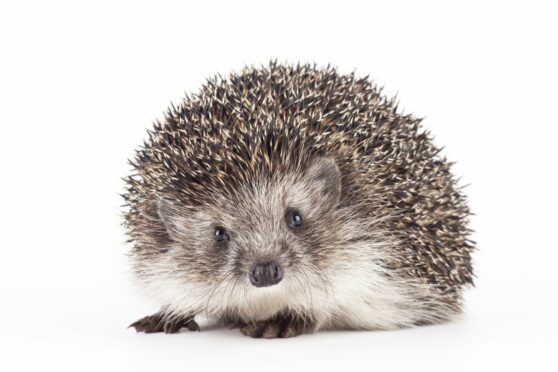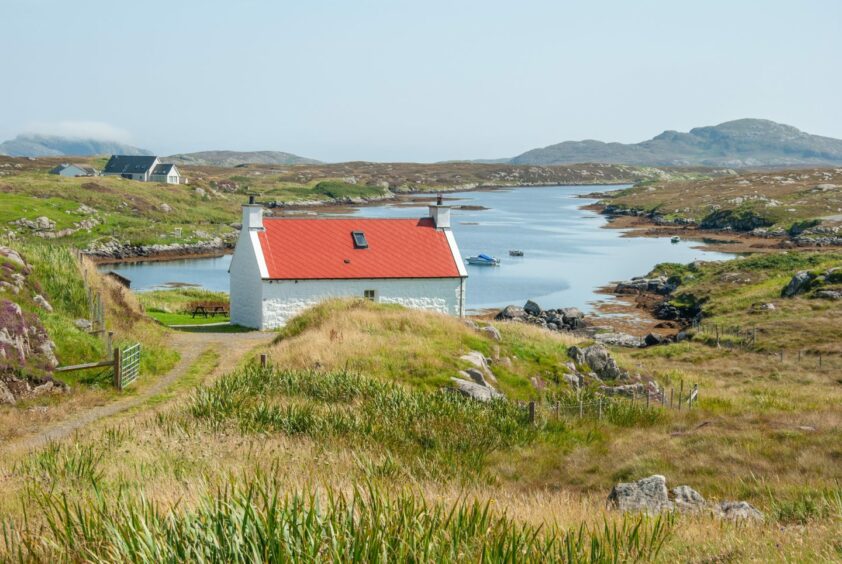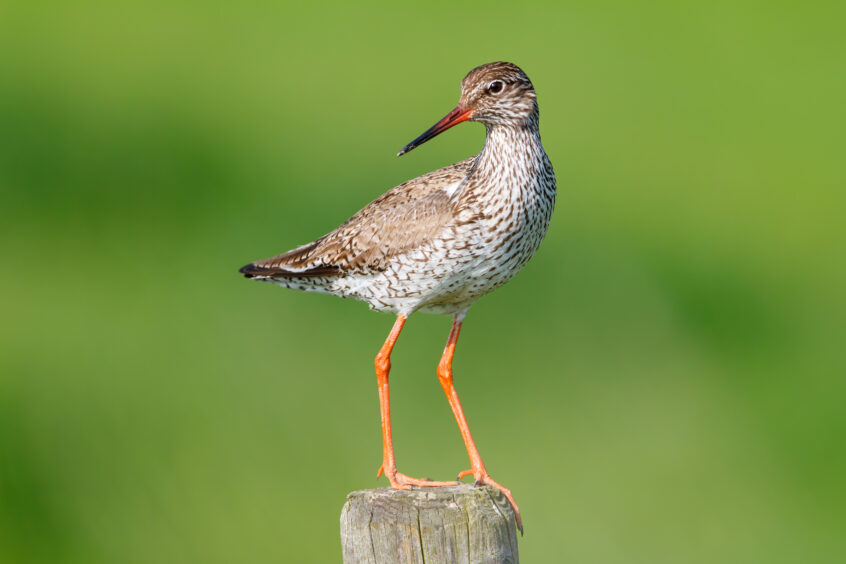
An investigation is to be launched after the discovery of the first ever hedgehog on a Hebridean island which is noted for its population of ground-nesting birds.
Sniffer dogs are to be sent to Barra to establish if the hedgehog, found dead at the side of a road, is part of a previously-unknown larger population.
The implications for wildlife on Barra could be huge and, if a rehoming operation is required, eye-wateringly expensive for taxpayers. Removing hedgehogs from the neighbouring Uists has cost millions of pounds.
How the hedgehog arrived on the island is a mystery – though it could have been released by an animal lover unaware of the potential damage egg-eating hedgehogs could do to ground-nesting birds such as lapwing, snipe and redshank. It also could have found its way on to an inter island ferry.
Countryside agency NatureScot said: “We have received a report of a hedgehog killed on the road on Barra which is the first record on the island. NatureScot staff will search the areas with trained sniffer dogs and set up a network of live traps to establish whether more hedgehogs are present. Any hedgehogs caught will be relocated and released in a safe location.
“Releasing mammals on islands can cause great harm to native wildlife and is treated as a serious wildlife crime.”
NaureScot asked any Barra residents who want to help with the search to get in touch.
The RSPB also expressed their unease, saying: “We are very concerned about the impact introduced hedgehogs are having on the fantastic native wildlife of the Uists.
“We are working with NatureScot to investigate whether it is feasible to move them off these islands including how we might gather the significant resources that would be needed to do it.
“This evidence that hedgehogs are now on Barra is very worrying and shows the importance of biosecurity including surveillance and preventative measures to limit the spread of invasive non-native species.”
Hedgehogs are not native to the Outer Hebrides and were introduced to South Uist in 1974. They have spread across the islands and reached a density where they damage wader populations.
Research by NatureScot and RSPB Scotland has shown that hedgehogs eating their eggs is causing significant harm to internationally important populations of ground-nesting waders found in the Uists.
The Uist Wader Project has successfully removed hedgehogs from North Uist.
NatureScot and RSPB are now exploring sources of funding, to enable a full-scale removal of hedgehogs from across the Uists.
Five years ago it was calculated that it had cost over a £1,000-a-time to remove hedgehogs from North Uist. Then a new bid for £3.5m to remove the remaining hedgehogs from the Uists was considered.
The cash was more than the almost £2.7m which had been spent then on removing more than 2,440 hedgehogs from the area over the previous 13 years.
Some estimates say there could be around 4,000 hedgehogs needing to be removed.
The Uists have important colonies of nesting waders in the form of dunlin, ringed plover, redshank, snipe, lapwing and oystercatcher but they had been in decline since the mid-1980s partly due to predation by non-native hedgehogs.
Efforts to stem the decline have been in progress since 2004 – initially by culling that caused outrage, including from celebrities like Sir Paul McCartney Joanna Lumley, Sting and Brian May.
Since 2007 the animals have been trapped and translocated to the mainland.
Many of the birds’ nesting areas are Sites of Special Scientific Interest and Special Protection Areas. Experts have warned that if work on removal of hedgehogs was stopped there was a high risk that hedgehog populations will expand, particularly into North Uist – where they have been cleared – and predation on waders will increase.
In 2013, Scottish Natural Heritage – now named NatureScot – had to spend tens of thousands of pounds more on trapping hedgehogs after they recolonised North Uist from which they had been eradicated.
Hedgehogs are not native to the Uists. After a few were let loose in a garden in 1974 to help control slugs and snails they spread across the islands.
Report sightings of hedgehogs on Barra or North Uist: 01463 7001636 or iain.macleod@nature.scot.

Enjoy the convenience of having The Sunday Post delivered as a digital ePaper straight to your smartphone, tablet or computer.
Subscribe for only £5.49 a month and enjoy all the benefits of the printed paper as a digital replica.
Subscribe
